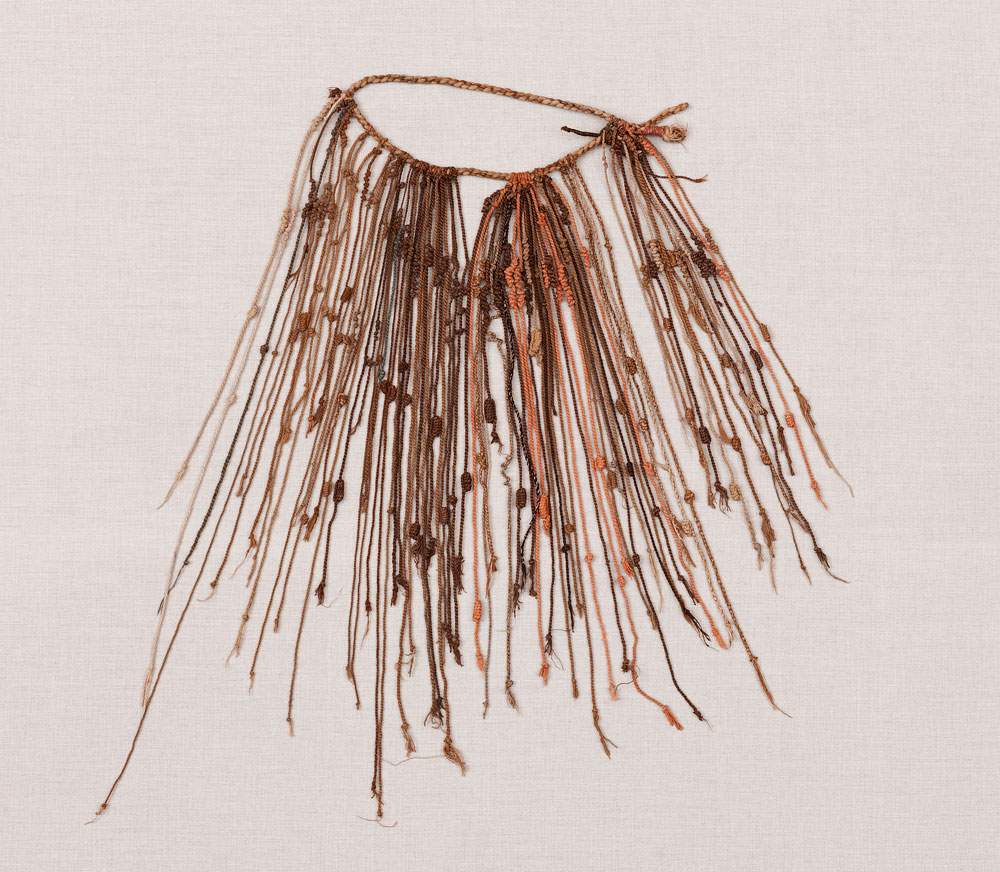Mudec - Museum of Cultures in Milan presents from February 9 to April 25, 2021 the archaeological exhibition Qhapaq Ñan. The Great Inca Road, curated by the curator of the museum’s archaeological and ethnographic collections Carolina Orsini.
An opportunity to showcase the Inca heritage from the museum’s permanent ethnographic collection, the survey and excavation work and the latest discoveries made by Mudec researchers along the Inca road in northwestern Argentina.
The Qhapaq Ñan or Royal Road of the Inc as is the largest engineering feat on the American continent from the pre-conquest period (15th-16th centuries) and stretches 30,000 kilometers from Ecuador to Argentina. The Incas built a great road system to move men and goods across their vast empire. By ideally following a lama caravan, visitors will learn about the engineering of the great road as well as its social and symbolic significance.
The exhibition will be set up in the Khaled al-Asaad space at Mudec and will be divided into seven sections. The first briefly introduces the visitor to the Inca world: the epic of this people begins in the 13th century in the valley of Cusco; over the course of two centuries, the Incas came to expand their influence over an area of 1,000,000 square kilometers thanks to expansionist politics and fine diplomacy. The second section delves geographically into the diversity of the vast Andean territory, consisting of ecological belts ranging from the desert coast to the Andes to the mountain forest to the great Amazon jungle. The third, on the other hand, is devoted to the ancient civilizations that chronologically preceded the Inca empire, cultures that as early as the third millennium before Christ were able to build huge urban agglomerations.
Subsequent sections are devoted to a description of the caminos de llanos and caminos de sierra, the many ancillary structures, such as the post stations (the tambos and chasquiwasi) and the famous suspension bridges, which were indispensable for crossing the deep gorges that characterize the Andean landscape. The Qhapaq Ñan is also illustrated as the glue of a vast and varied empire, in which connections were essential to control the population, move armies, and collect tribute. Still used today, the great Inca road is still a bursting element in the Andean landscape.The seventh and final section presents a video installation that restores the discovery of a previously unseen section of the road in northwestern Argentina (Molinos, Salta province) associated with numerous sites, and in particular three tambos and a chasquiwasi from the Inca period.
About fifty Andean archaeological artifacts selected from the museum’s pre-Hispanic-American collections will be on display, accompanied by a rich explanatory apparatus consisting of texts and maps.
The exhibition is free admission without reservations.
For info: www.mudec.it
Hours: Tuesday through Friday from 10 a.m. to 7:30 p.m.
Pictured, Khipu (Peru, North Coast (?), Inca Culture, 15th/16th century, Raw and dyed cotton spun and twisted, knotted) Ph.Credit Mudec
 |
| MUDEC reopens with an exhibition dedicated to the Incas |
Warning: the translation into English of the original Italian article was created using automatic tools. We undertake to review all articles, but we do not guarantee the total absence of inaccuracies in the translation due to the program. You can find the original by clicking on the ITA button. If you find any mistake,please contact us.